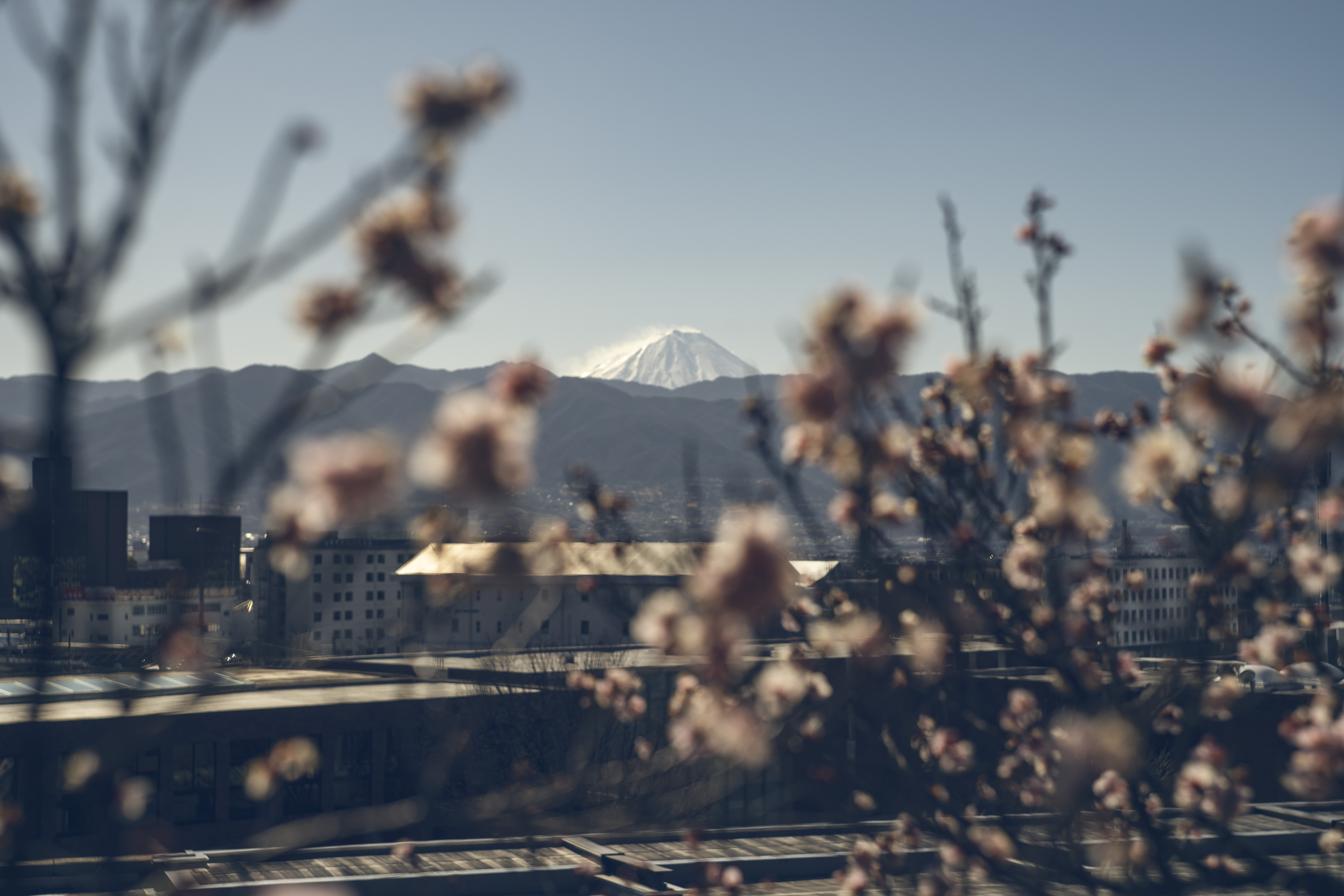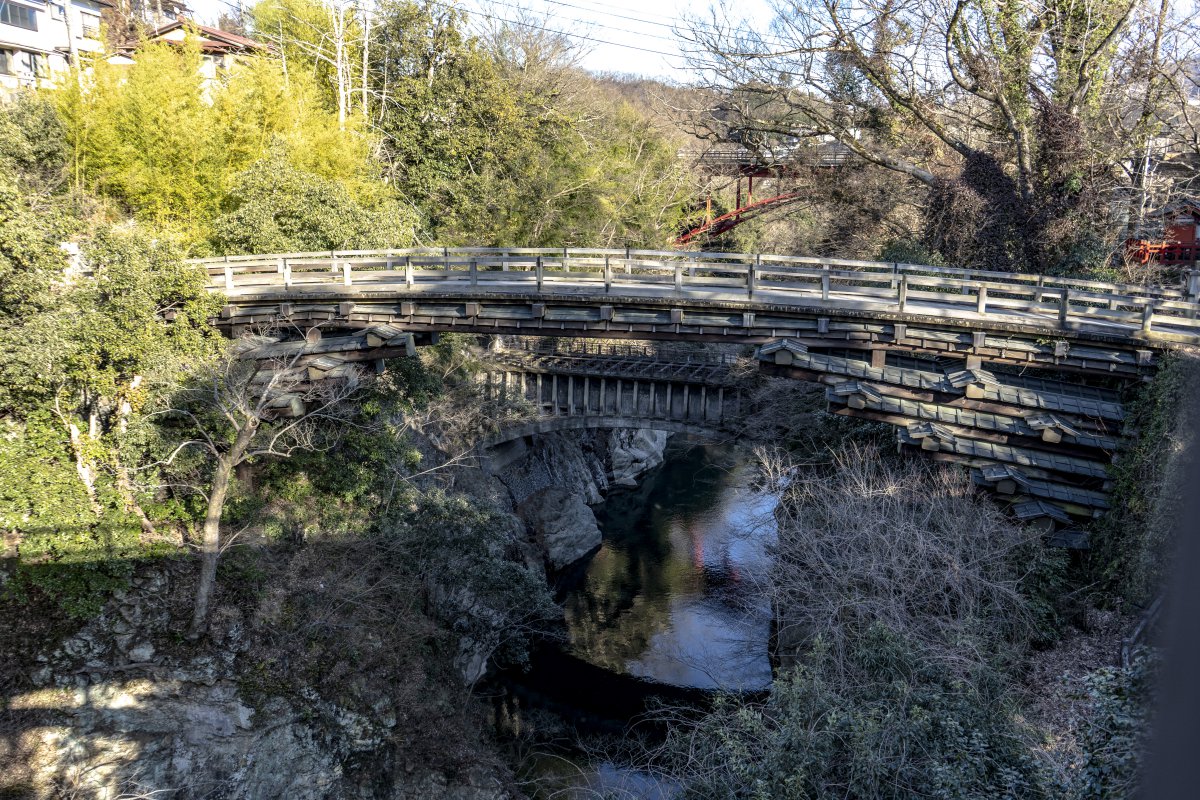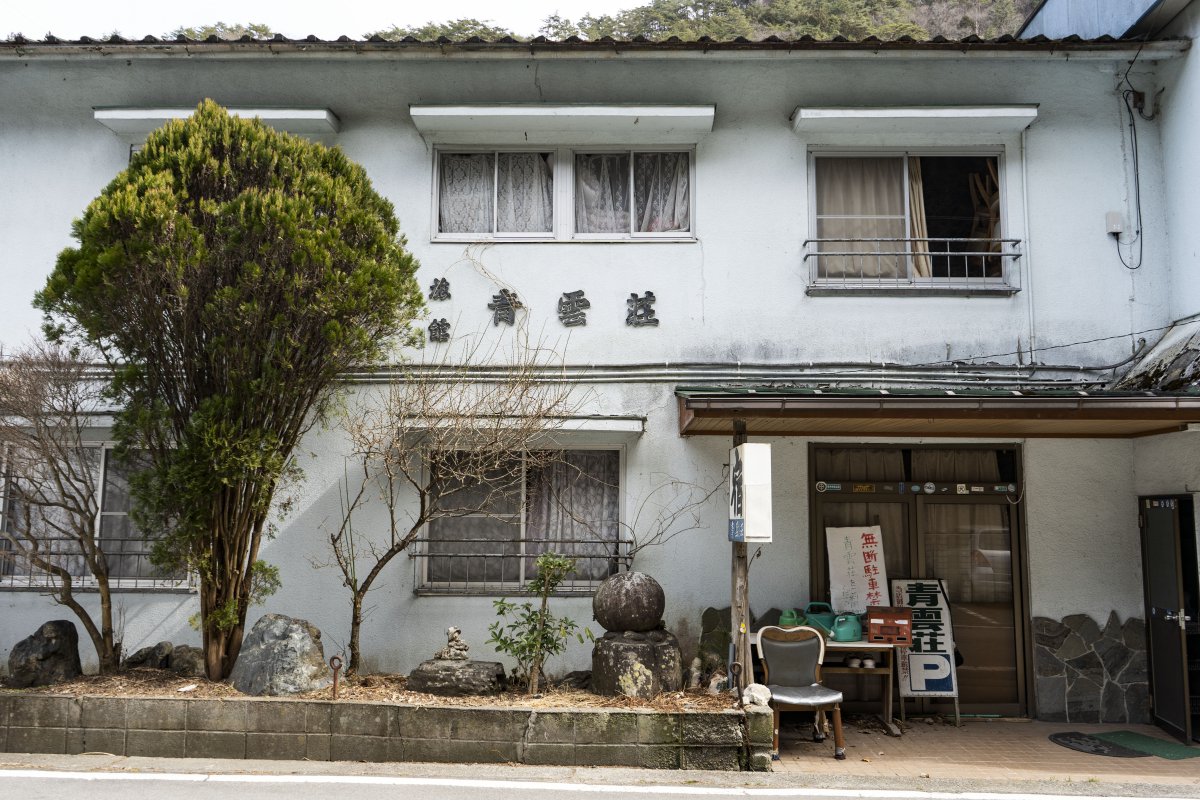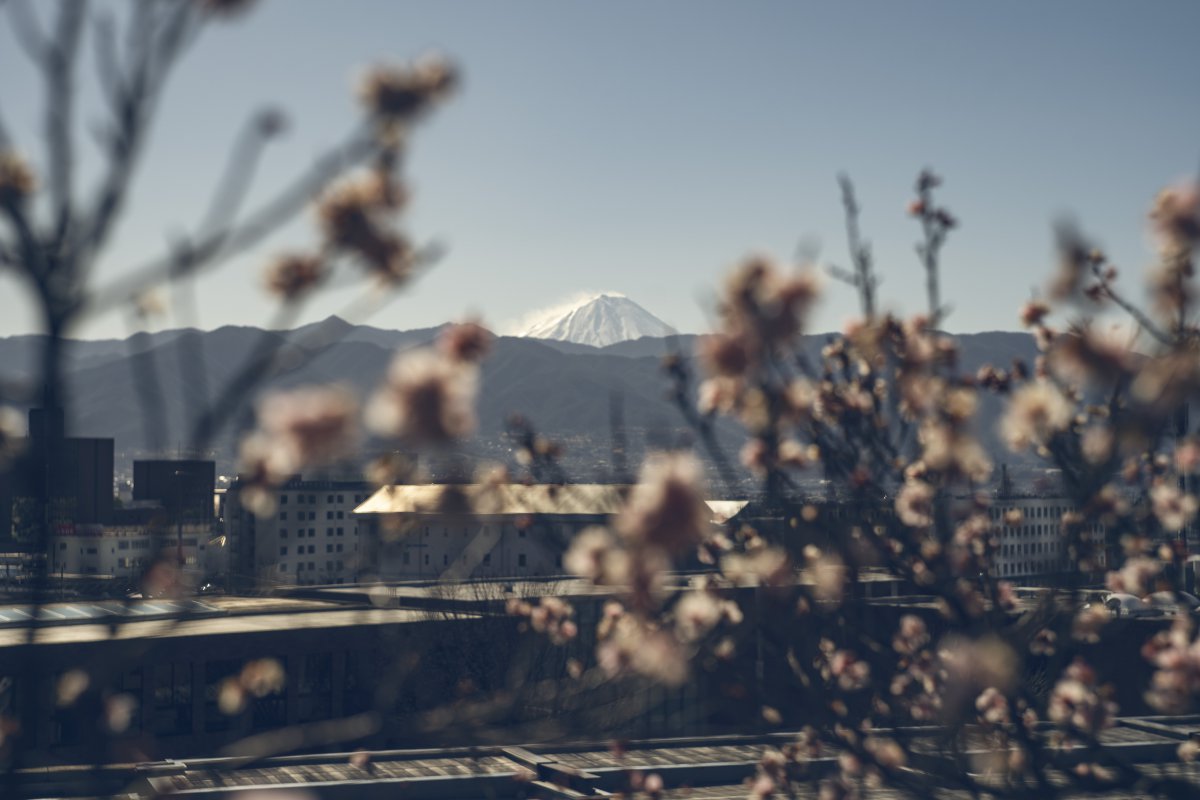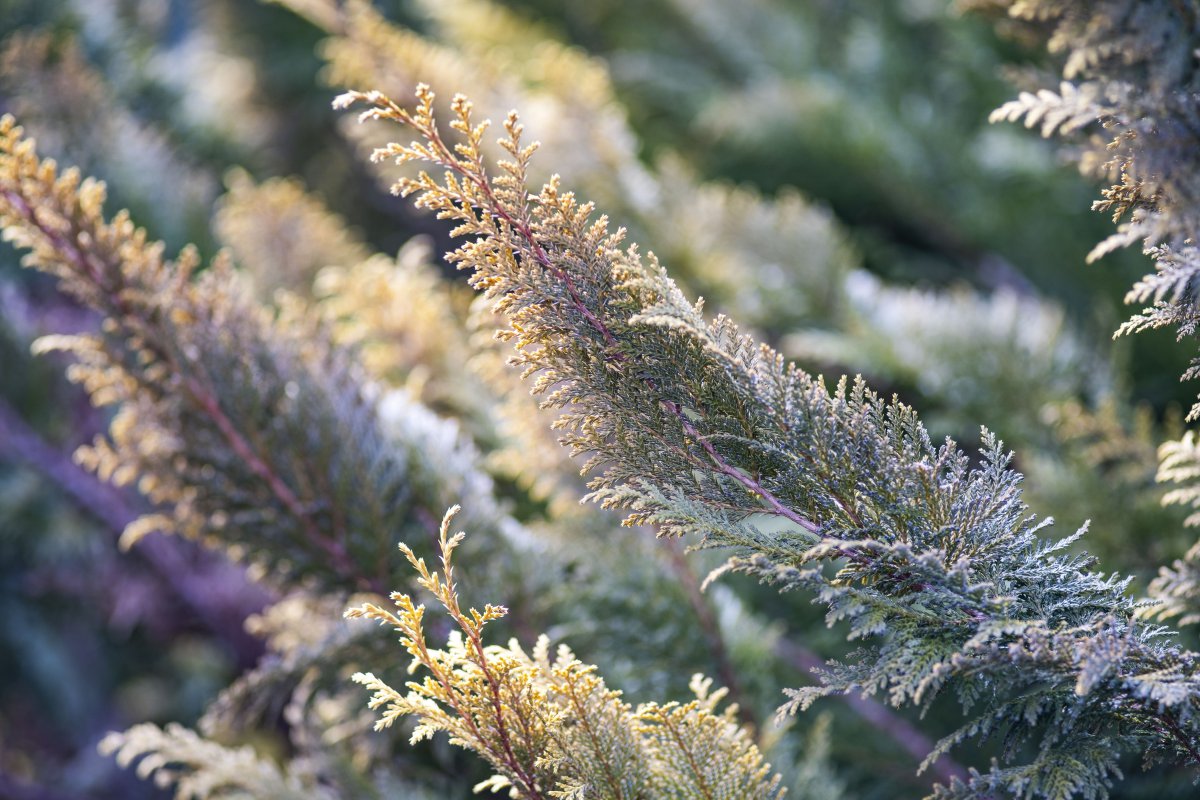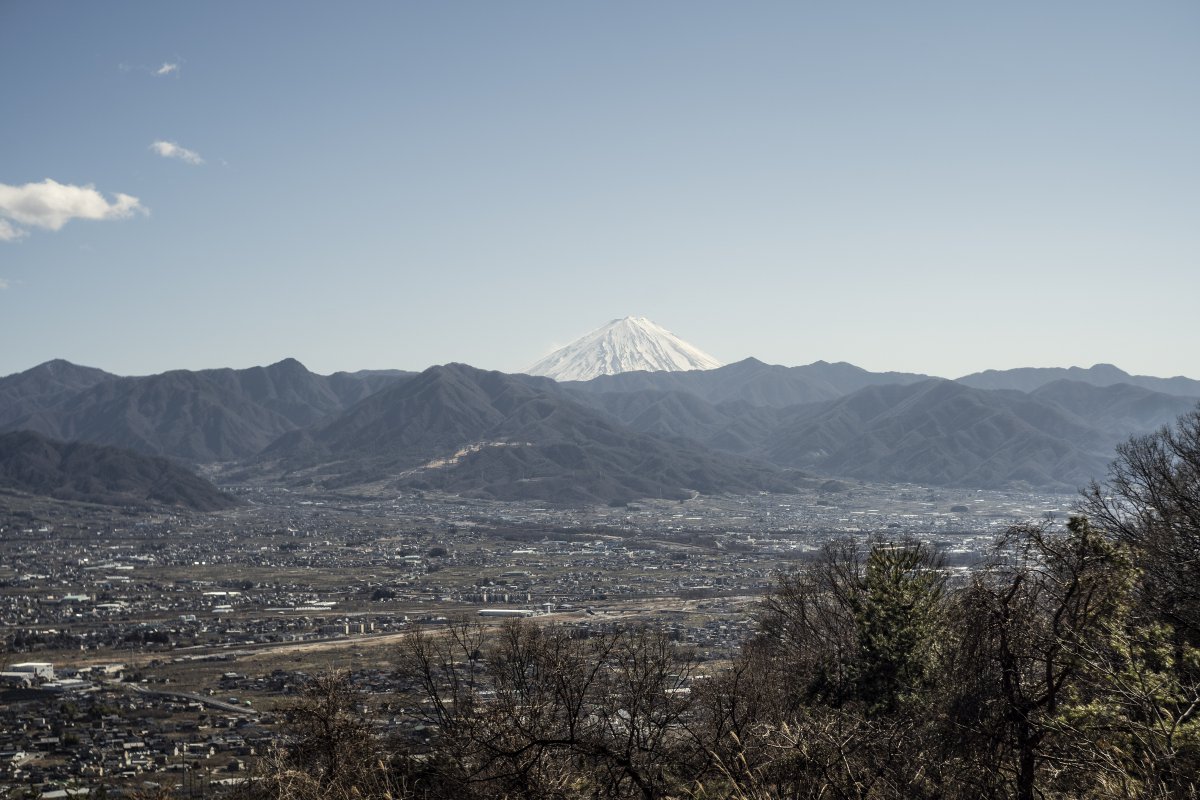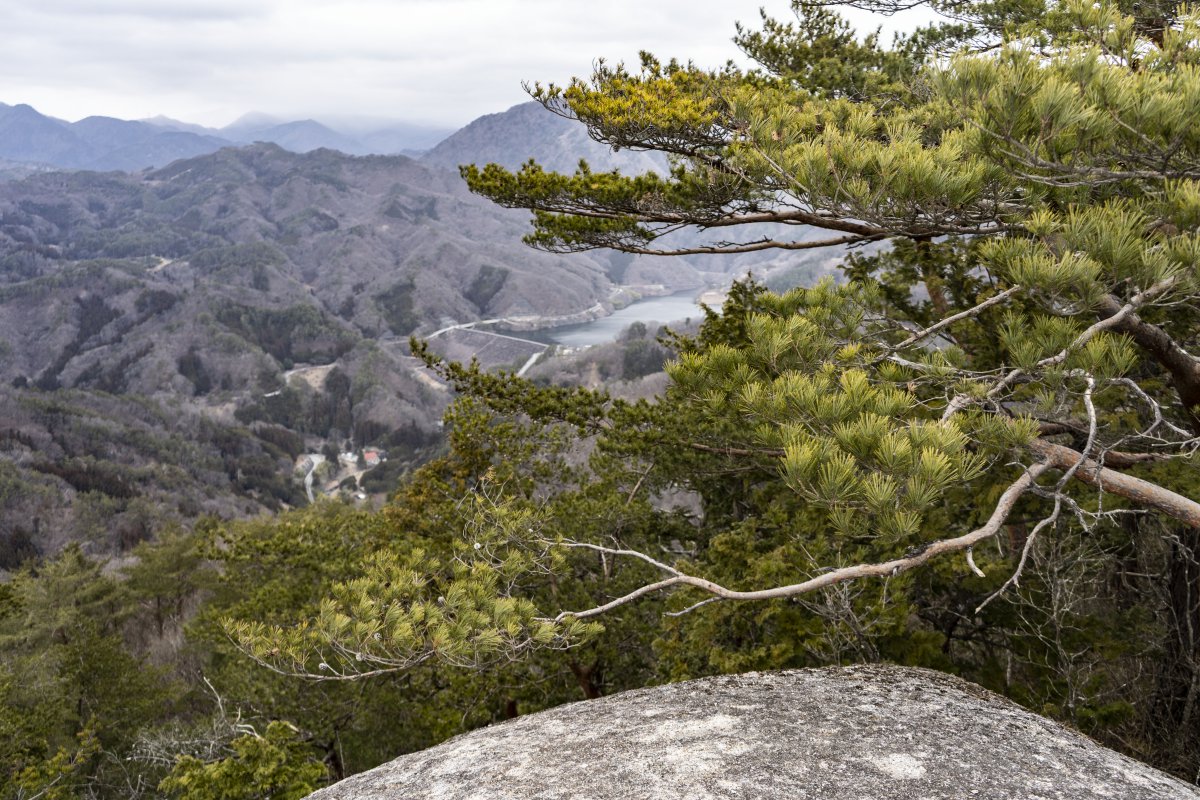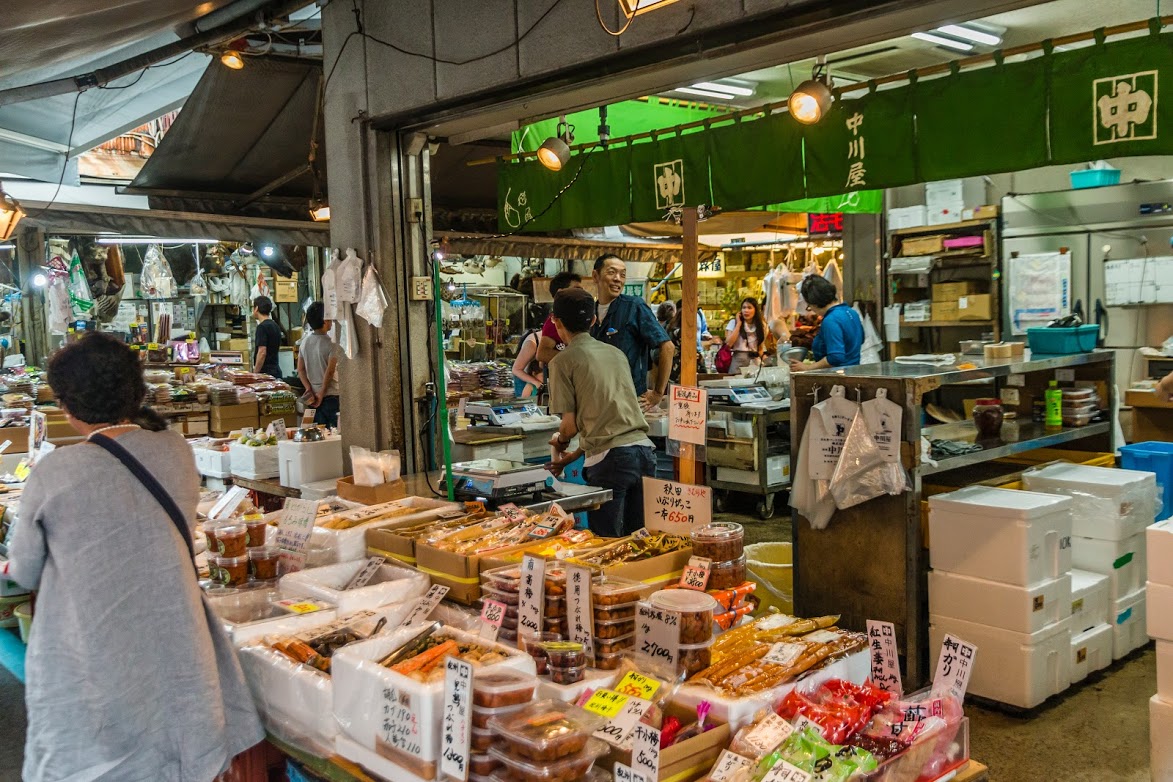In 2020, Japan Wonder Travel was given a project by the Ministry of Economy, Trade and Industry (METI) to promote 14 selected prefectures that have been affected by typhoons. We offered 20 internationals living in Japan, the opportunity to travel to several destinations and share their experiences while travelling and also after.
Maria – Yamanashi prefecture
Yamanashi prefecture is one of closest neighbours of Tokyo area from the west. I might say access there is also pretty convenient and cheap in compare with another destinations, there are plenty of bus routes from Narita and Tokyo area. But the fastest one is express train by Chuo express line from Shinjuku that goes every 30 min until Matsumoto, where you can also start new trip to wonderful Nagano region.
Day 1 – Yasaburo-dake
I decided to get a comfortable train from Shinjuku station, in 1,5 hours I arrived in a capital of Yamanashi prefecture, Kofu city. While taking my bus from Kofu station I was thinking how would be nice to live in a Japanese countryside, having a car for convenient travel across the country with friends and family. But when the bus turned from the station main street suddenly became empty and silent, old shop’s door are closed and no people outside walking despite of warm sunshine weather.
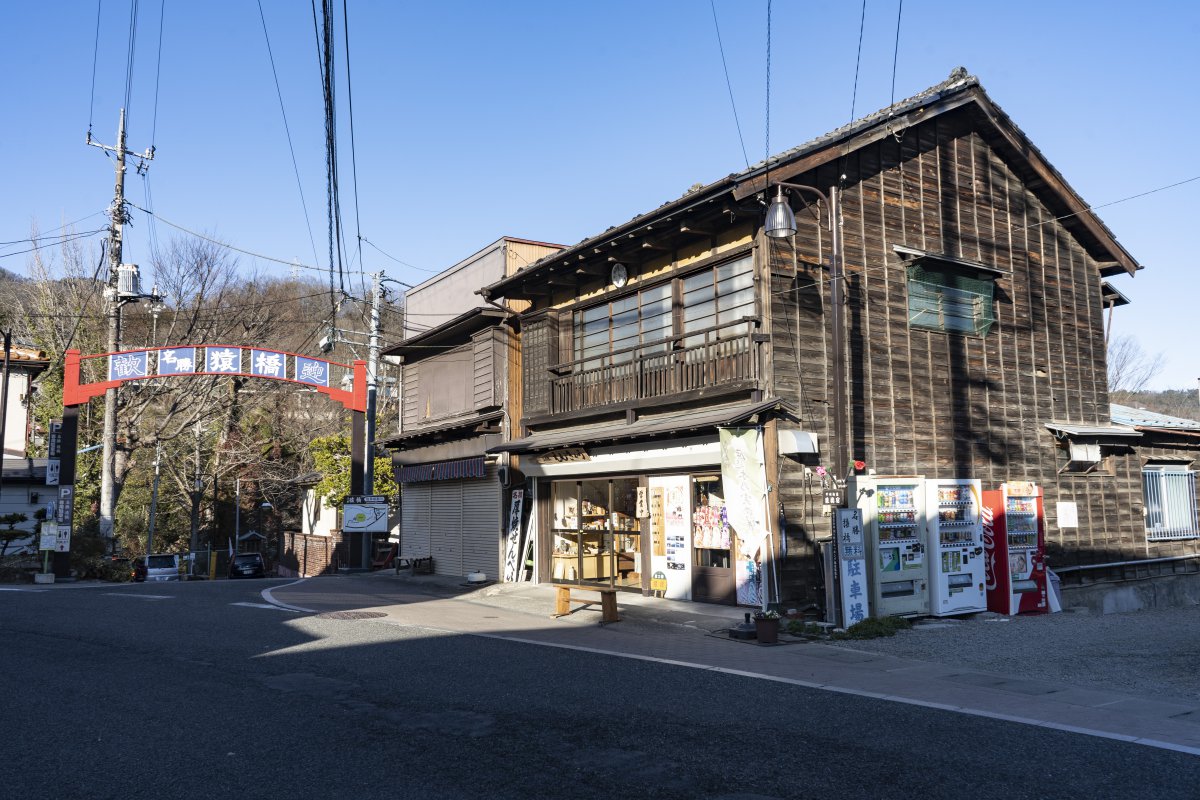
It seemed there is no life outside of Tokyo or Osaka and those feelings make me really upset. Locals have to survive season by season. For Yamanashi prefecture perfect time might be period of grape or peach harvest and that’s it I thought. I had a chance to visit during late winter, in the end of February. And maybe my first impression was being affected by still sleepy mother nature appearance.
There are also hiking tracks and hot springs but does it make Yamanashi special in compare with other mountain-looking regions of Japan? I had a marvellous chance to investigate on it so I went to Shosenkyo green-line.
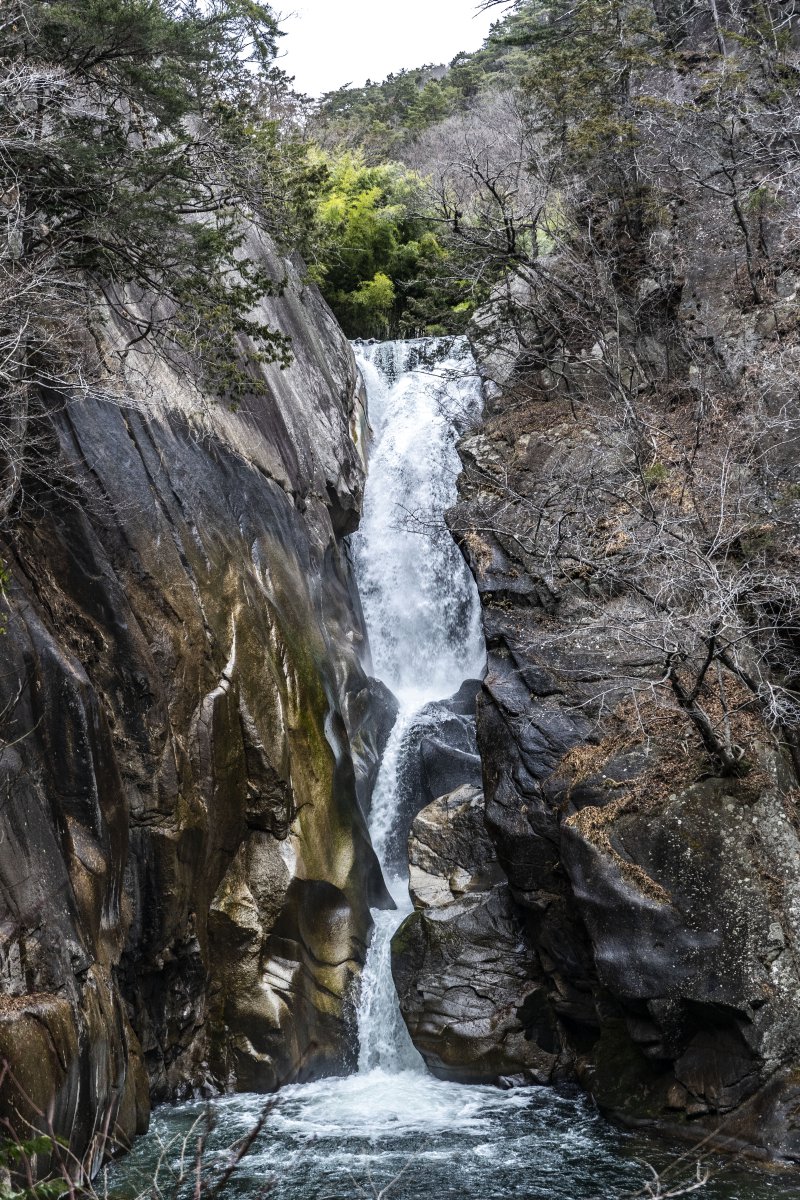
The bus kindly brought me to the crossroad between route to a waterfall Sengataki and ropeway. It said from the top of a ropeway station there is an amazingly beautiful mountains scenery (with Fuji-san view of course). Though I still don’t have full confidence in my Japanese ability and also I had no information in English before coming there, I just expected it to be nice and safely walk around observation deck. At the ropeway station there are several routes and one of them goes right through a dense pine tree forest.
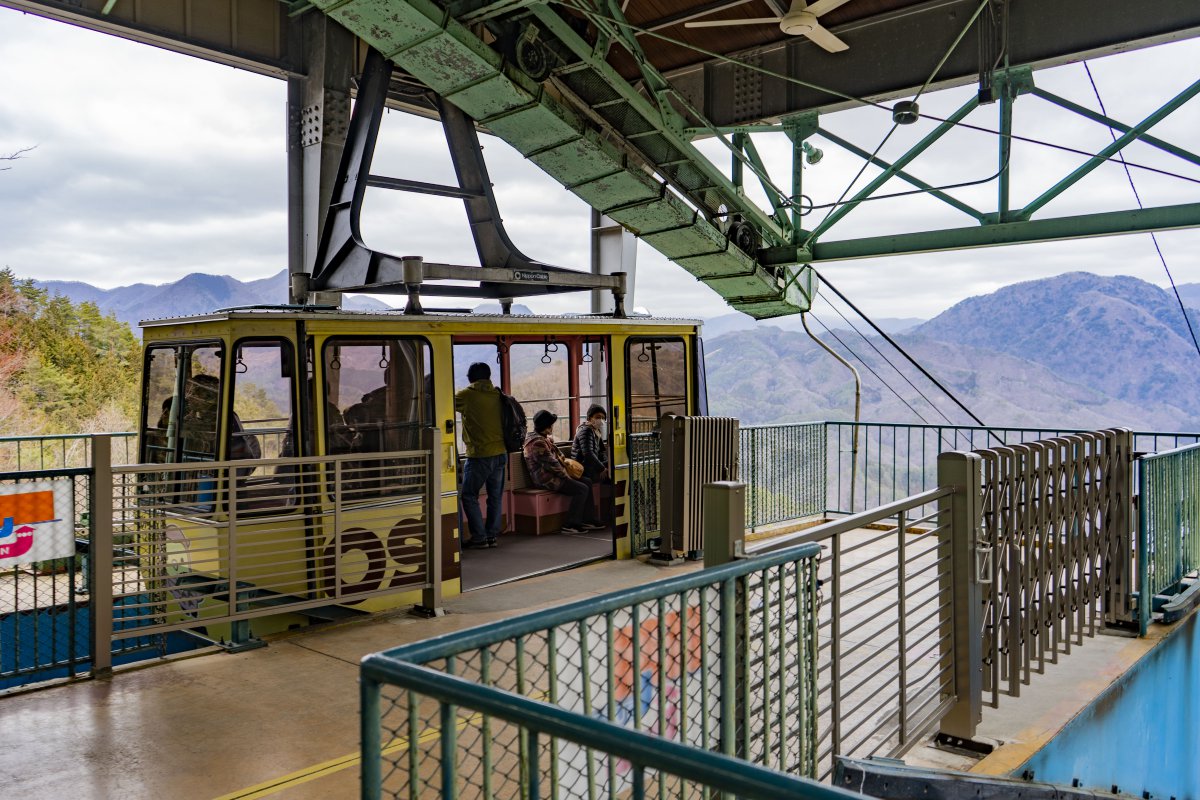
Well, my expectations about relaxing walk were sharply ruined and turned upside down as I suddenly ordained myself to a hiking passion by climbing on a 1058m top called Yasaburo-dake. Those 10 minutes of climbing however were the scariest 10 minutes in my Japanese life. With a huge backpack full of cameras and lenses I was conquering sleek rocks on the top while rain and wind started to become stronger. After these 10 minutes that felt like forever, I was awarded by a tremendous panoramic view from standing at that large monolith.
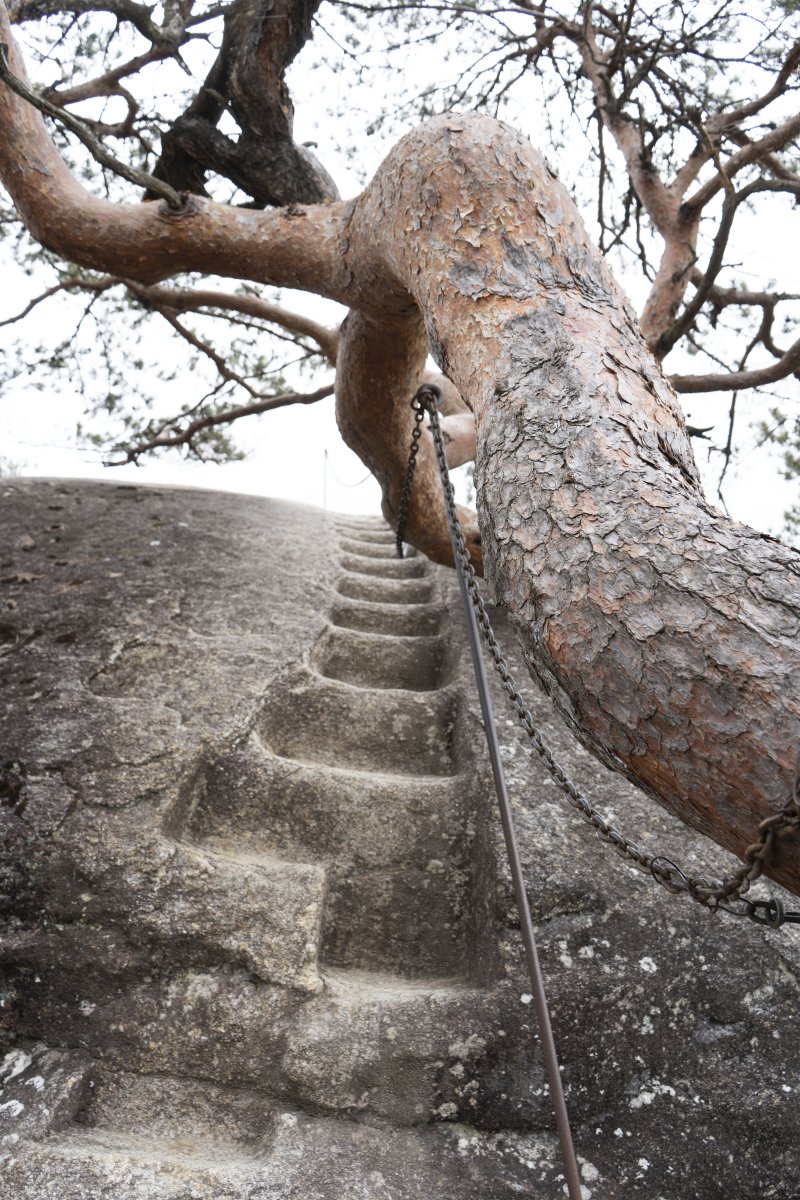
Yasaburo-dake is the large power spot in Yamanashi prefecture because of “the dragon vein” flows from Fuji through this mountain. In a Feng Shui philosophy, a route of the earth’s energy flow through the ground is named as dragon vein – Ryumyaku. I can’t really say my legs were shaking because of the – unplanned – extreme route or that I just got some dragon energy in my veins, but I was definitely glad to visit that place and want to come back again during gold autumn season.
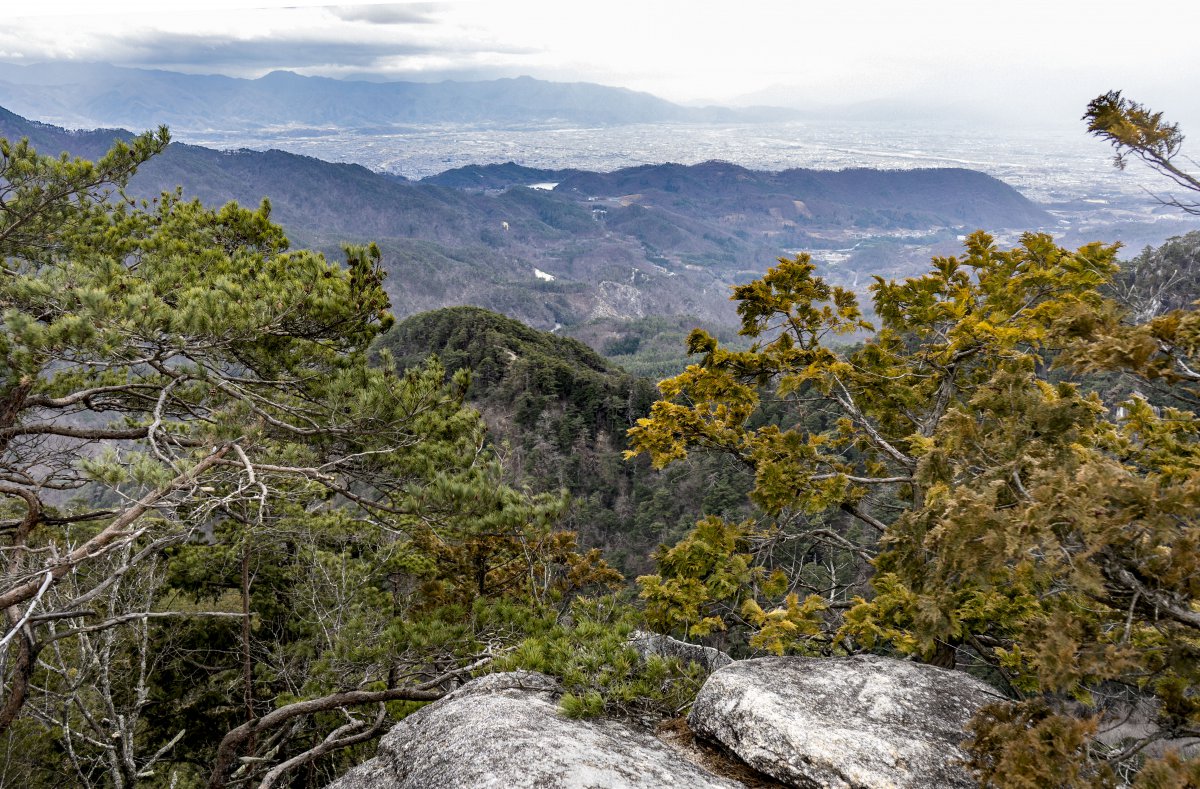
Despite of unfriendly weather I’ve met a lot of couples and families walking around waterfall and ropeway. That’s why no matter rain or sunshine, summer or winter, if you want reach the place where Shinto gods living – Shosenkyo greenline is worth to include in your itinerary.
Shousenkyo Ropeway
Open everyday when weather conditions permit
Costs ¥1,300
Yamanashi prefecture is landlocked, surrounded by many of the highest mountains in Japan including the highest, Mount Fuji. Due to geographical location big towns do not suffer from earthquakes a lot. Despite of rain-shadow effect land is fertile, different variations of sweetness of grapes and peaches are cultivated here. Usually locals don’t really buy fruits here – they are kindly share to friends and neighbours with homegrown products. I feel charmed again by countryside life in Japan.
Day 2 – Furouen Plum Blossom Garden
Unfortunately I could not try a lot of the local fruits because it was still winter time and there are still a lot of activities and places that I wanted to visit. How sorry I felt again that a day has only 24 hours! So, on the next day I decided to visit a place that I could enjoy only this time a year – plum blossom garden Furouen.
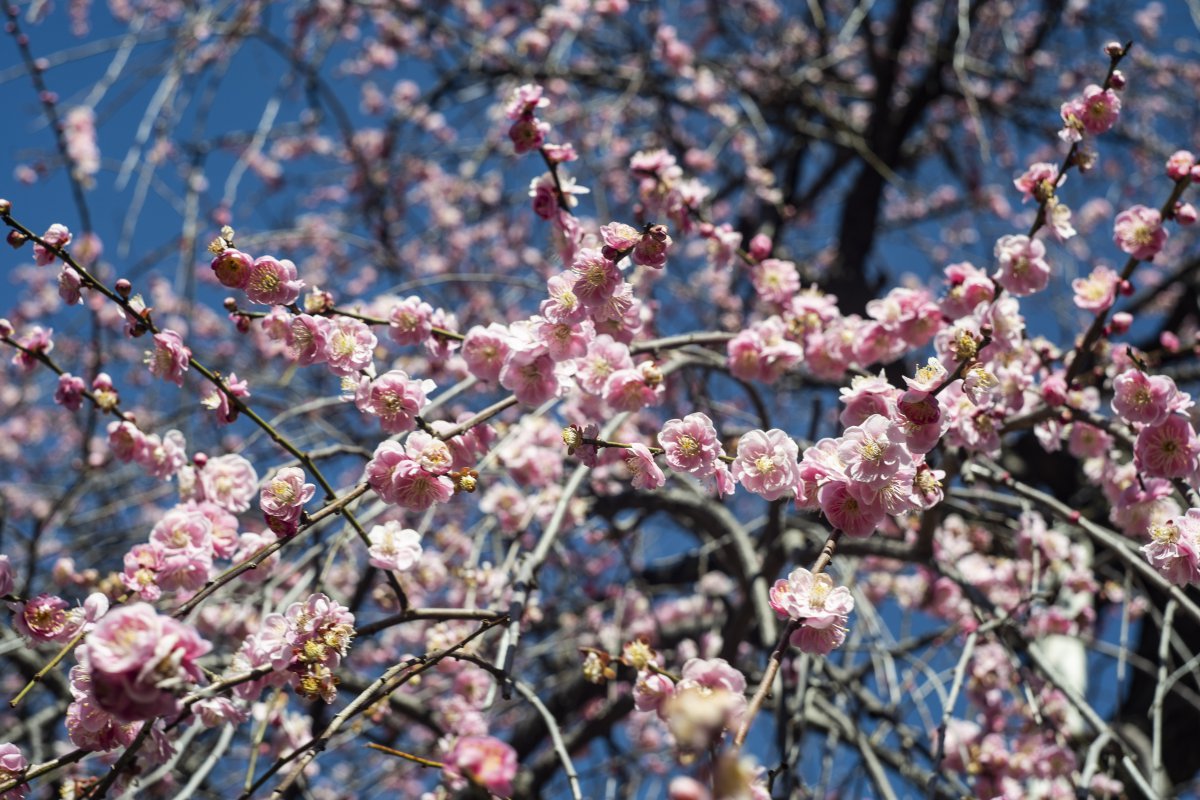
Surrounded by plum aroma from more than 3,000 plum blossom trees of 20 different varieties mind feels so refreshing. Walking around the garden, I felt free from my anxious thoughts that chase me so often in Tokyo.
In the park there is wonderful old preserved house, built in Japanese style where you can try pickled plum grown there and hot amazake – fermented rice drink.
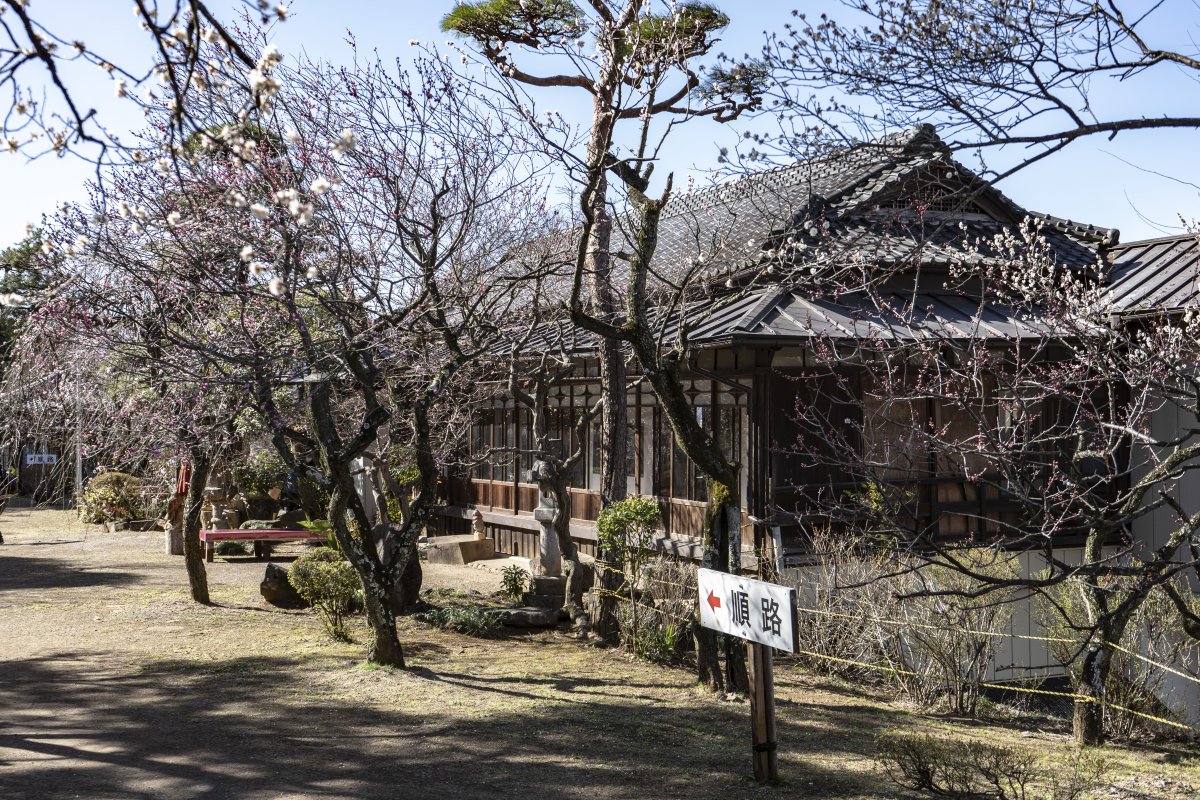
Often Yamanashi called “the house of Fuji-san” and it isn’t hard to understand why – every touristic picky spot has a view for Fuji somehow. But this time, instead of going to south part where it has most attractive views, I tried to break the Fuji-charm and went to the northern part of prefecture. Honestly, I can say right now – I tried hard but Fuji followed my every step of Yamanashi trip and somehow it found its way to my camera lens. Mount fuji and blossoming tree – the picture everyone Japan admirer must have.
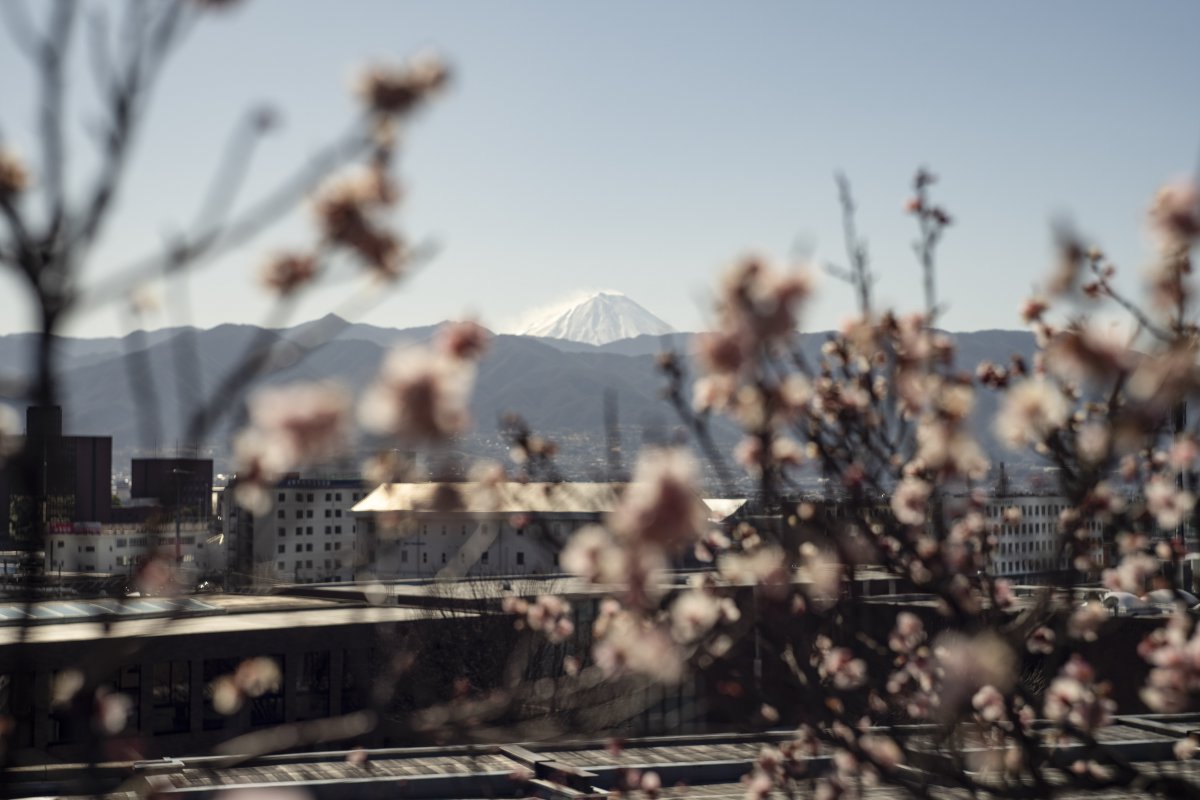
Furouen – park of blossoming plum
Daily opened from February 1 – March 31
9am – 5pm
Costs ¥200 kids <12 yrs, ¥500 adults
Extreme-enough beginner hiking, millions of pictures with blossoming plum and Fuji-san, and everlasting love to Yamanashi prefecture is what I brought from my journey to back home.

Hotel she stayed during the trip
We were very excited to work with Maria-san, and all the other guests for this project, and will continue to do our best to promote the less known destinations as much as we can. Keep an eye on our Facebook and Instagram to find another project with us. And of course, if you need any help to find hidden gems in Japan, Japan Wonder Travel will happily help you out.
Happy travelling!
